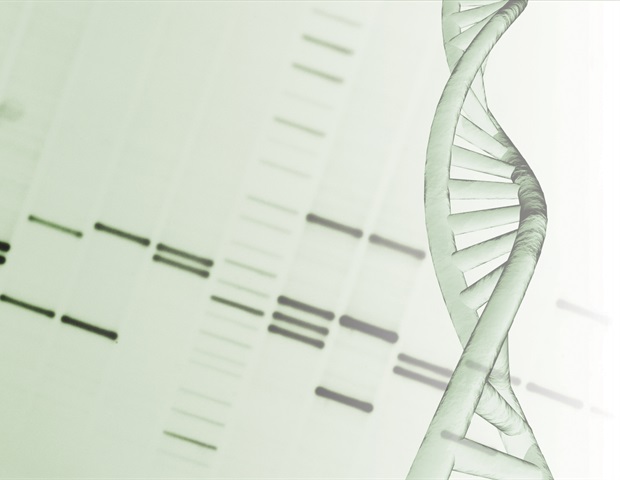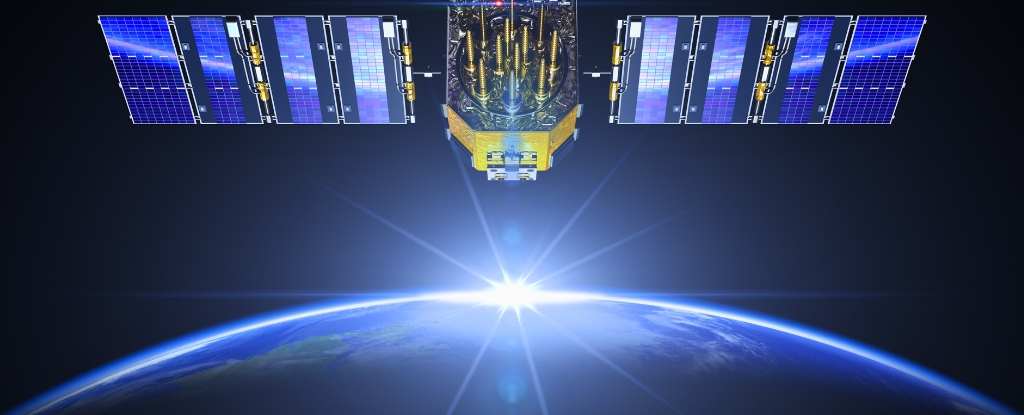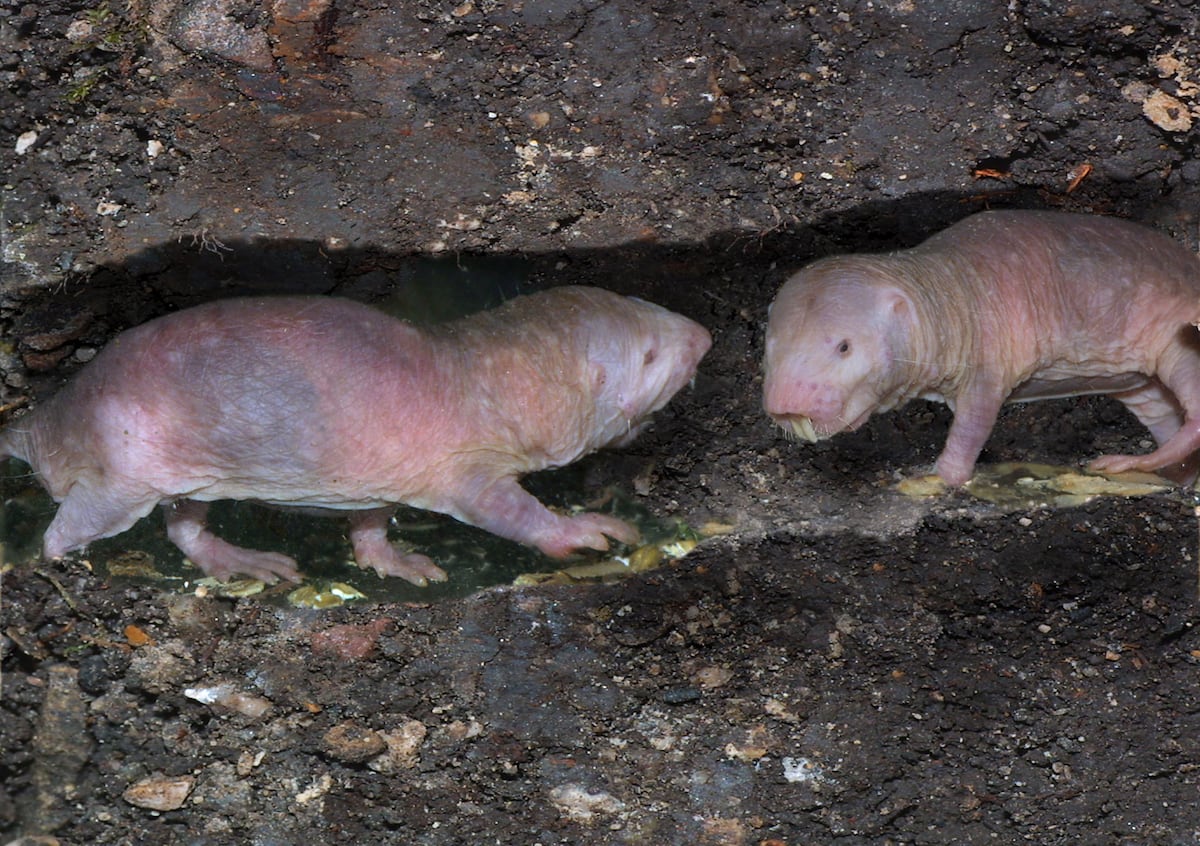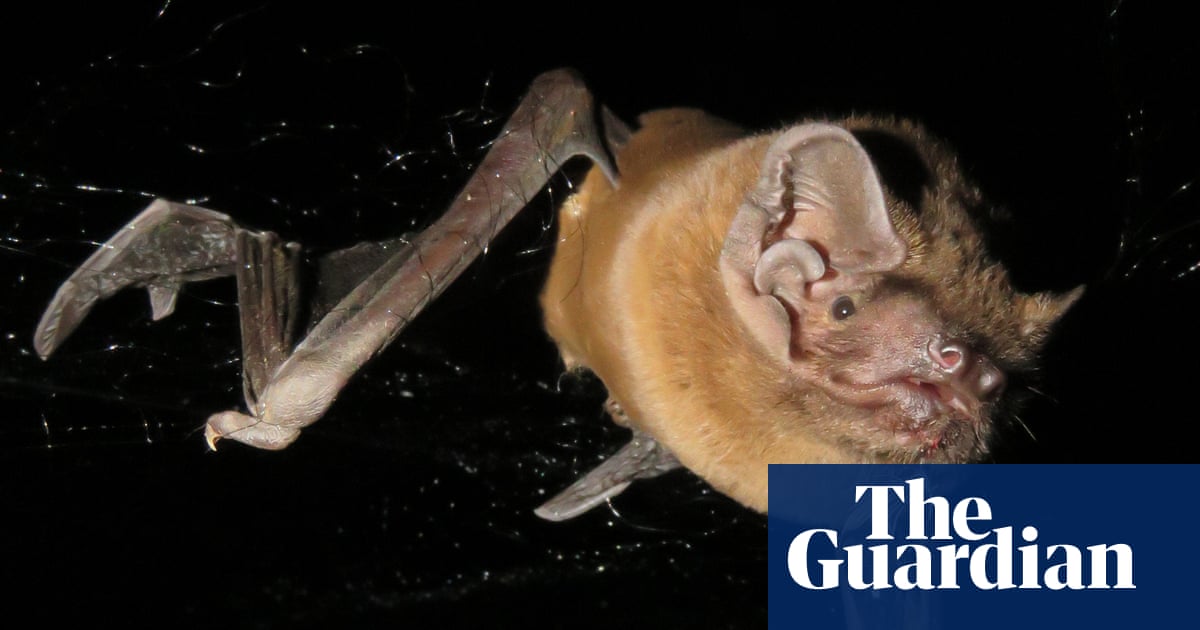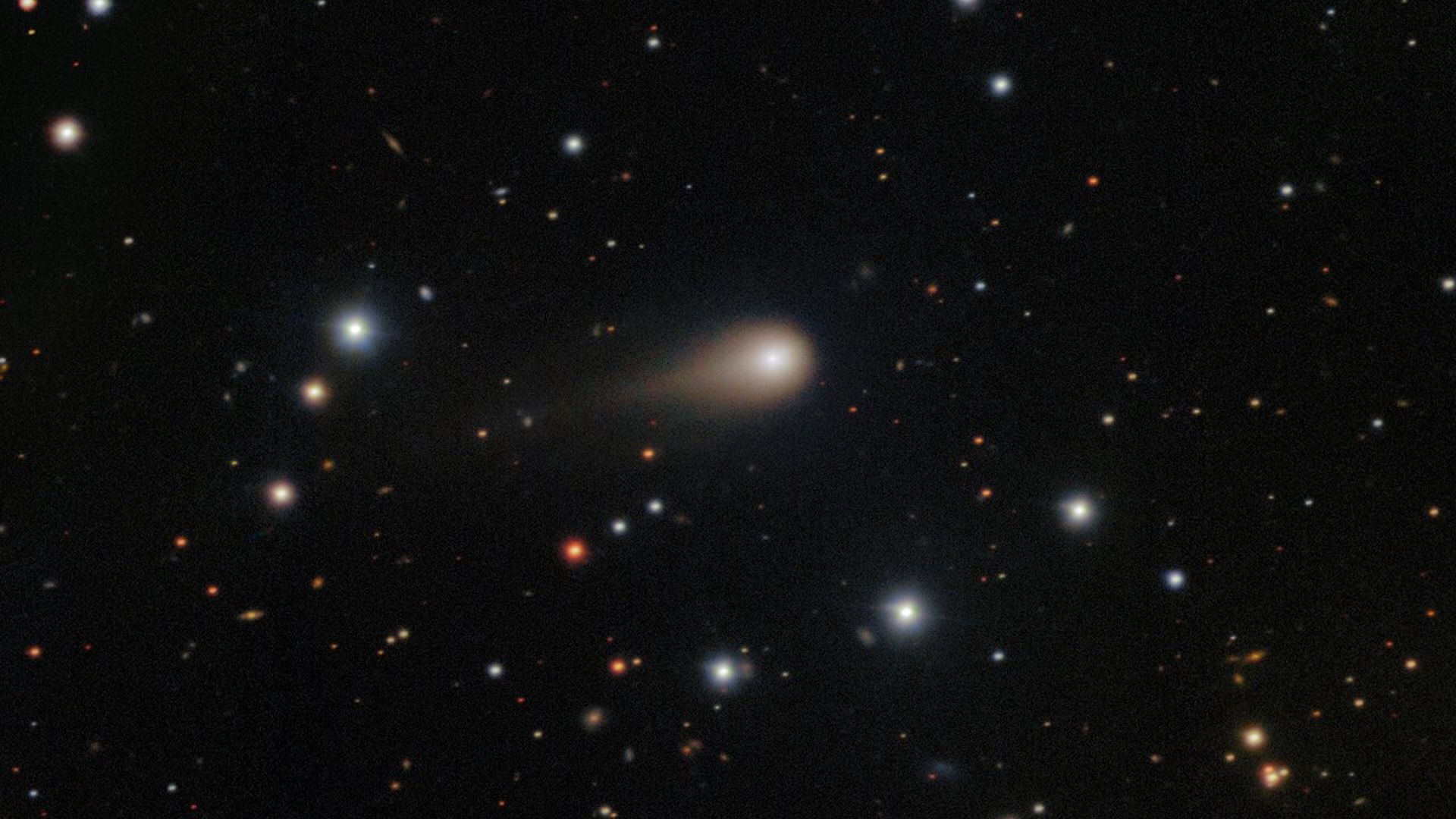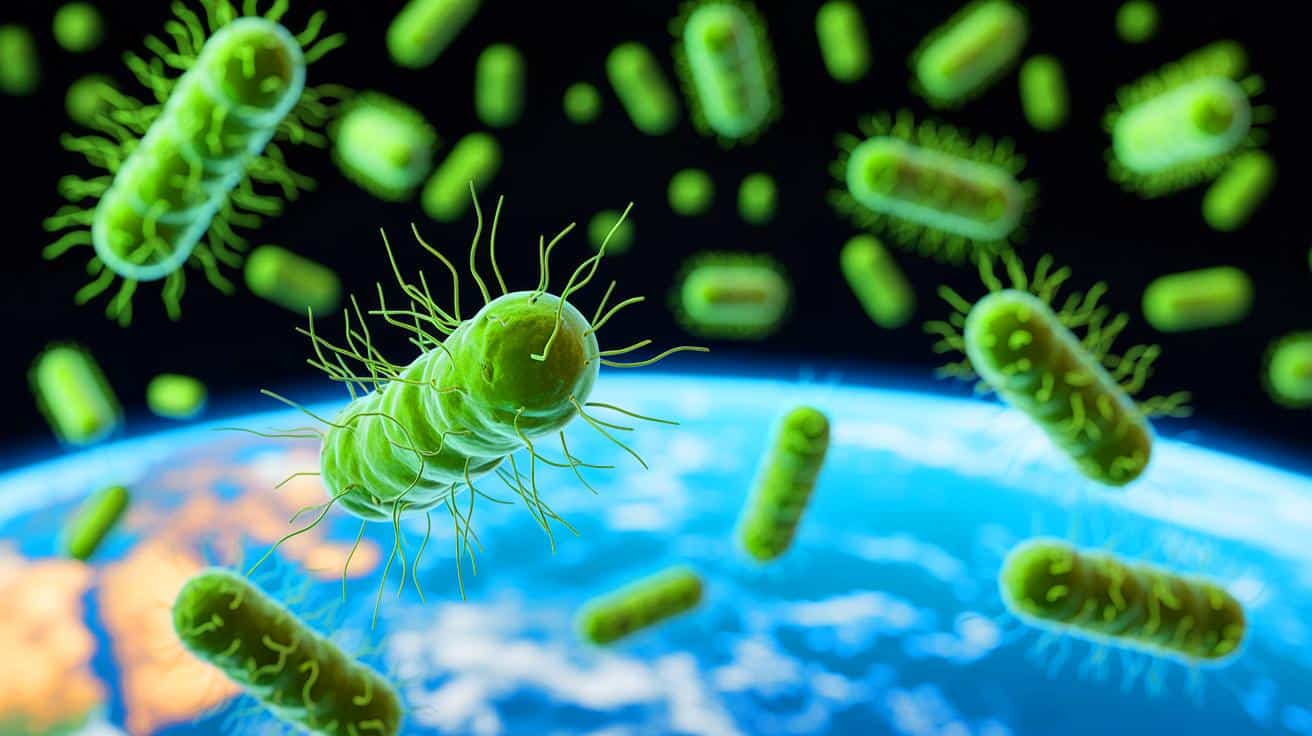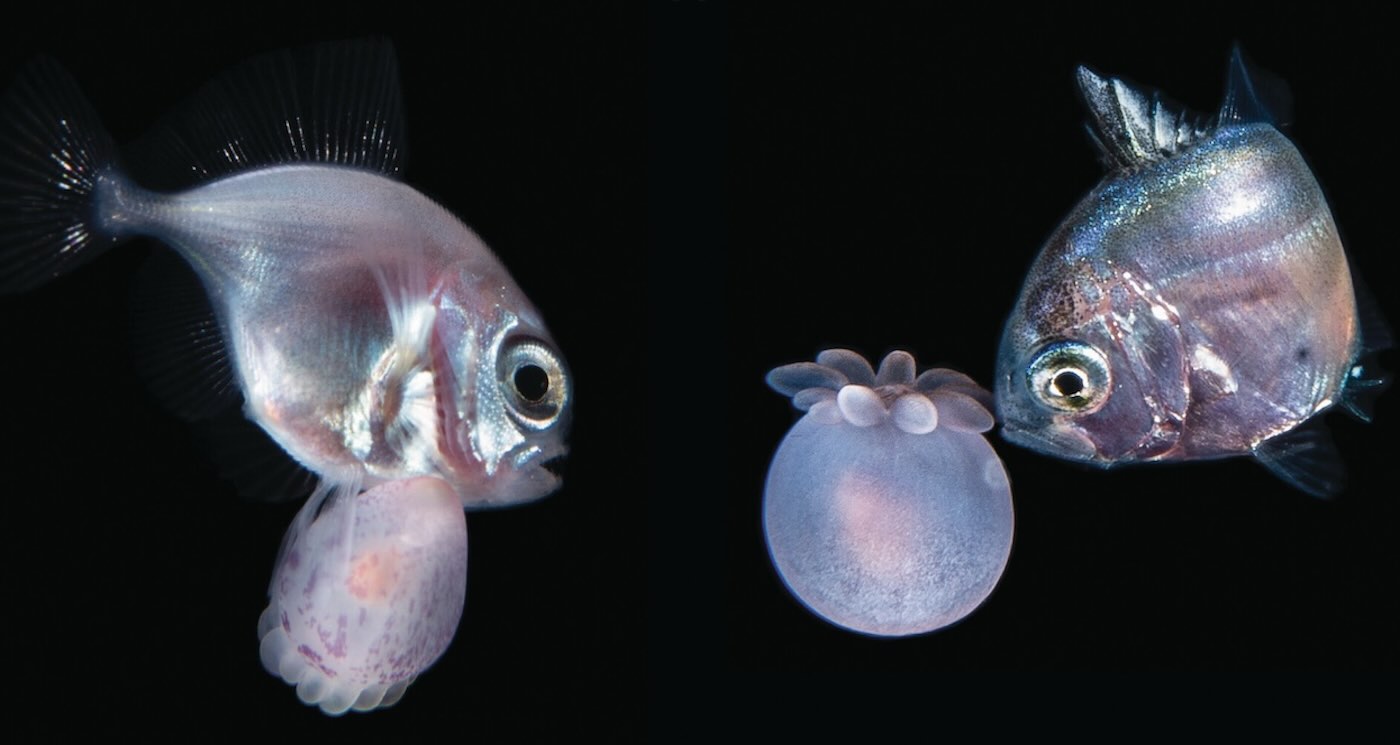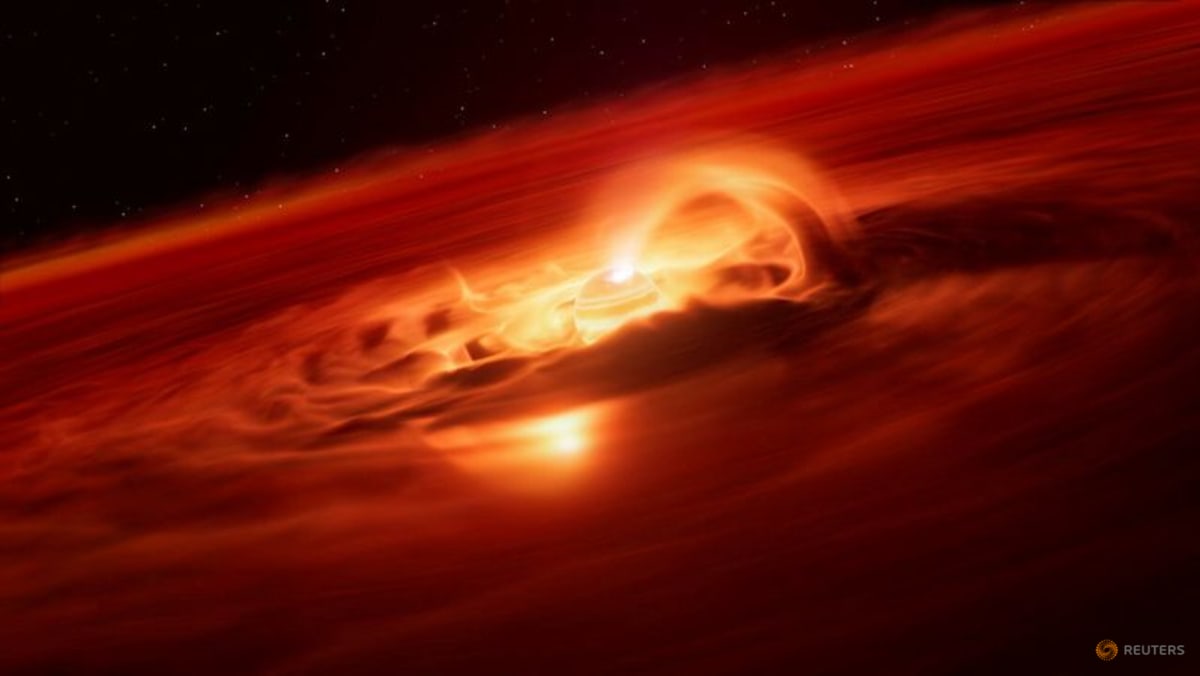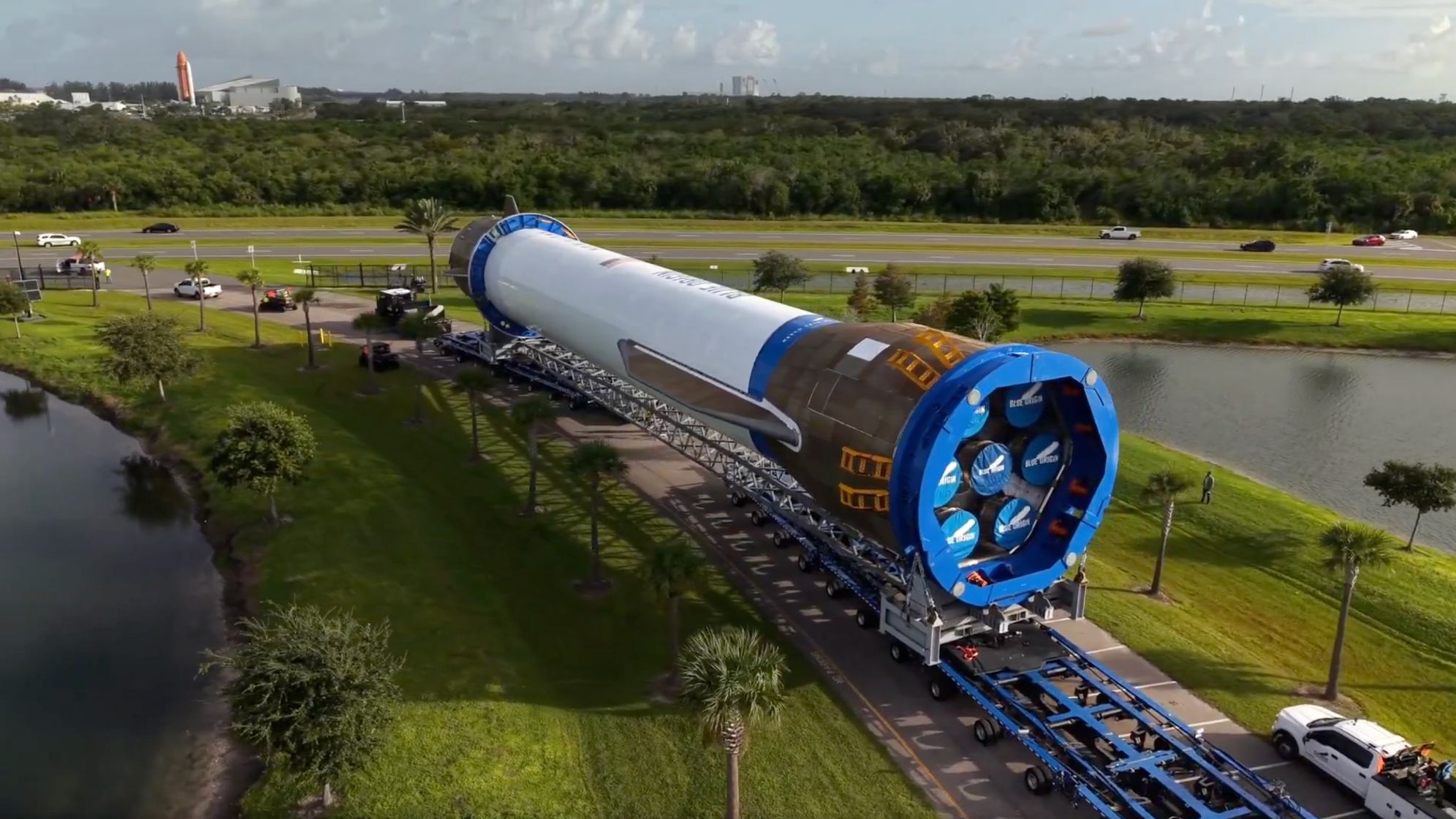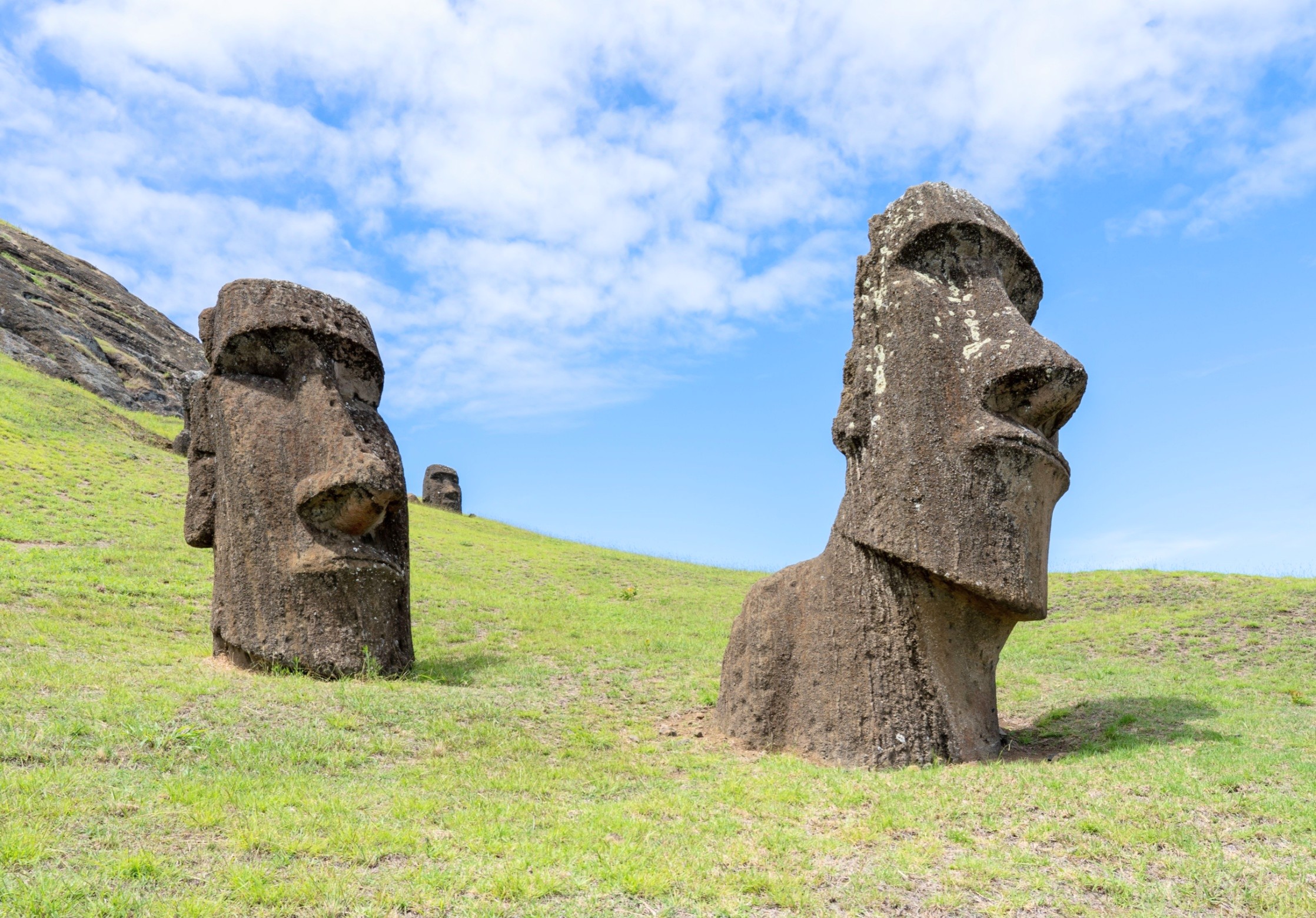Dust Devils on Mars Revealed: Unbelievable Findings Transform Space Exploration!
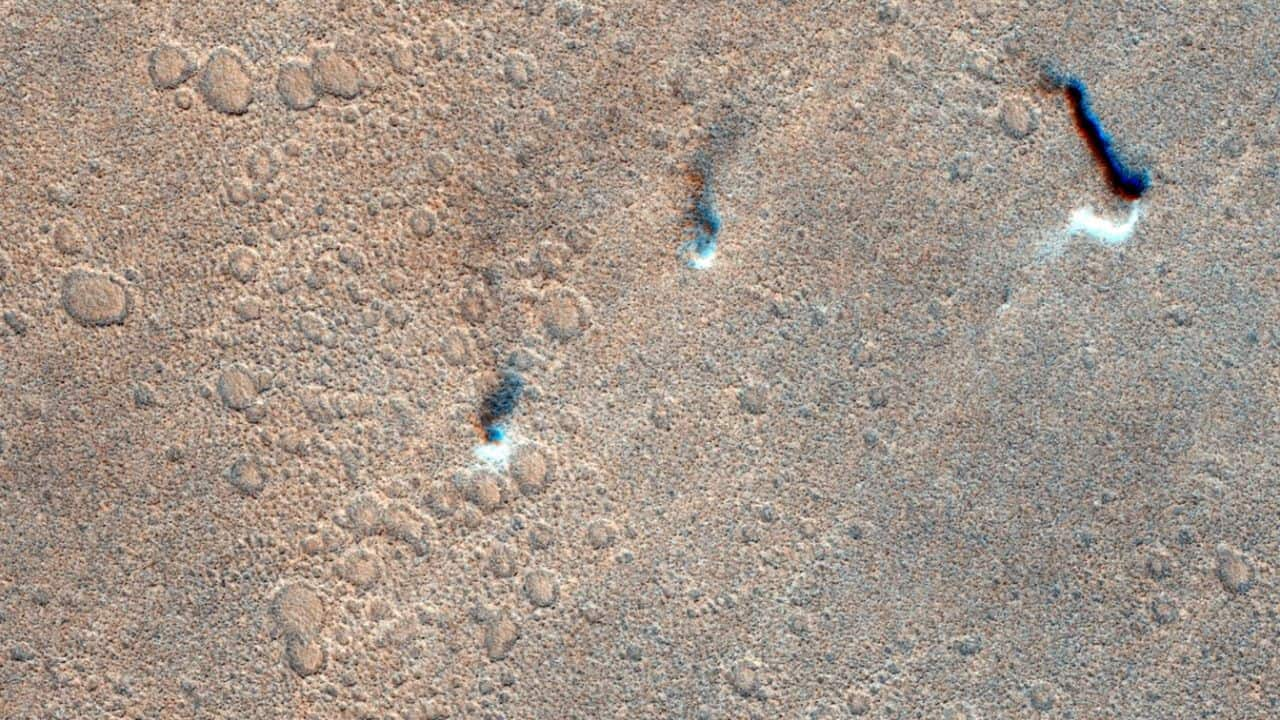
Did you know that Mars is home to over a thousand swirling dust storms, each one capable of changing the very landscape of the Red Planet? Scientists have just unveiled a groundbreaking study that not only maps these fierce dust devils but also transforms our understanding of Martian weather!
After combing through two decades of vivid images from Mars, researchers have identified an astonishing 1,039 tornado-like whirlwinds, aptly named 'dust devils.' Utilizing data from the European Space Agency's Mars Express and ExoMars Trace Gas Orbiter, this team, led by Valentin Bickel from the University of Bern, constructed the first-ever global catalog detailing how and where these miniature storms travel across Mars.
The results are eye-opening. The study reveals that the strongest Martian winds can reach jaw-dropping speeds of up to 44 meters per second—much faster than anyone previously anticipated. This insight is critical for future missions, as managing dust on Mars is a significant challenge.
But how did they achieve this remarkable feat? By training a neural network to analyze thousands of images taken since 2004, scientists detected the subtle movements of these dust devils. Bickel explained that “dust devils make the invisible wind visible,” allowing researchers to create a comprehensive map of wind speeds and directions on Mars. They cleverly transformed what was once merely “image noise” into meaningful scientific data, providing an intricate picture of Martian weather patterns.
This knowledge is not just for show; it has practical implications for ongoing and future Mars missions. Dust storms impact everything from local weather conditions to the performance of solar-powered rovers. Understanding when and where these storms occur is vital for engineers as they design spacecraft to withstand Mars's dusty environment. Imagine planning a landing on a planet where understanding the weather patterns could mean the difference between success and failure!
Dust devils are not only fascinating but they also affect Mars' climate. By lifting fine particles into the atmosphere, they cool the surface during the day while trapping heat at night. The study found these whirlwinds tend to be most active during spring and summer, peaking in the early afternoon—just like we see on Earth!
With the ExoMars Rosalind Franklin rover set to land in 2030, this research opens up a treasure trove of opportunities for deeper exploration. Colin Wilson, an ESA project scientist, expressed his excitement, stating it is fantastic to see researchers unearthing unexpected discoveries through these missions. As the database of dust devil activity grows, scientists worldwide can delve into greater detail, preparing for the next chapter in our quest to uncover the secrets of Mars.












